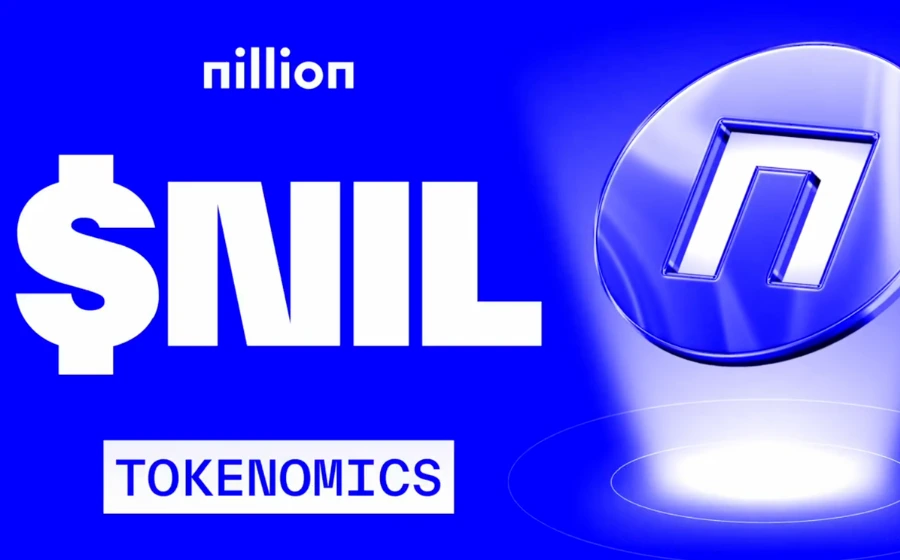
KEYTAKEAWAYS
- Stablecoin Variety: Learn about different types of Stablecoins, including fiat-collateralized, crypto-collateralized, commodity-collateralized, and algorithmic Stablecoins.
- Evolution of Stablecoins: Trace the historical development of Stablecoins from BitUSD to the rise of Tether (USDT) and beyond.
- Transformative Power: Explore how Stablecoins are revolutionizing cross-border transactions, DeFi, e-commerce, programmable payments, and more, while also influencing financial inclusion and market stability.

CONTENT
INTRODUCTION TO STABLECOINS
In the ever-evolving and tumultuous sea of cryptocurrency, Stablecoins stand as a beacon of stability. Designed to offer the best of both worlds – the flexibility and innovation of digital currencies with the stable value of traditional money – Stablecoins have rapidly emerged as a pivotal element in the cryptocurrency ecosystem.
Unlike their more volatile counterparts, such as Bitcoin and Ethereum, Stablecoins are tethered to more stable assets like the US dollar, gold, or a basket of currencies. This unique characteristic shields them from the wild price swings commonly associated with cryptocurrencies, making them an attractive option for investors seeking stability in the digital currency space.
But what makes Stablecoins truly fascinating is their potential to revolutionize digital investments and everyday transactions. As the world steadily moves towards a more digitized financial environment, Stablecoins are positioned at the forefront of this transition, offering a glimpse into a future where digital currencies could play a crucial role in our daily financial dealings.
EXPLORING THE DIVERSE LANDSCAPE OF STABLECOINS
Stablecoins have emerged as a cornerstone, bridging the gap between traditional fiat currencies and the volatility of cryptocurrencies. Yet, not all Stablecoins are created equal. These digital assets, known for their price stability, come in various types, each backed by different mechanisms and assets, offering a range of options for investors and users alike.
The diversity in Stablecoins types reflects the evolving nature of the cryptocurrency market, addressing different needs and preferences. From those backed by fiat reserves to those governed by complex algorithms, each type of Stablecoin brings its unique features to the table. This variety adds depth to the cryptocurrency market and paves the way for more tailored and sophisticated financial solutions in the digital age.
Different Types of Stablecoins:
- Fiat-Collateralized Stablecoins: These are the most common type, backed by traditional fiat currencies like the US dollar, Euro, or Yen. For every Stablecoin issued, an equivalent amount of fiat currency is held in reserve. Examples include Tether (USDT) and USD Coin (USDC).
- Crypto-Collateralized Stablecoins: These Stablecoins are backed by other cryptocurrencies. They often use a mechanism to over-collateralize the backing asset to account for the volatility of the underlying crypto. A popular example is DAI, which Ethereum backs.
- Commodity-Collateralized Stablecoins: Backed by tangible assets like gold, silver, or oil, these Stablecoins appeal to those who want to combine the benefits of cryptocurrency with the security of physical assets.
- Algorithmic Stablecoins: Unlike other types, these Stablecoins are not backed by any collateral. Instead, they use a working algorithm to control the supply of the issued tokens, aiming to maintain a stable value. They represent a more decentralized and innovative approach but can be more complex and risky.
STABLECOINS DEVELOPMENT TIMELINE
- 2014: The journey of Stablecoins began with BitUSD, a groundbreaking project that aimed to peg its value to the US dollar using blockchain technology. It set the stage for what was to come in the stablecoin arena.
- 2015: The launch of Tether (USDT) marked a significant milestone in the history of Stablecoins. Pegged 1:1 with the US dollar, it quickly became the most widely recognized and used stablecoin, setting a precedent for future projects.
- 2016-2017: This period saw the proliferation of Ethereum-based Stablecoins, adding a new dimension to the stablecoin ecosystem. One notable example is MakerDAO’s DAI, a decentralized stablecoin that maintains its peg through a dynamic system of smart contracts and collateralized debts.
- 2018-2019: The stablecoin market diversified rapidly, with the introduction of other significant players like USD Coin (USDC) and Binance USD (BUSD). This era also witnessed increased regulatory interest as authorities began to recognize the growing importance of stablecoins in the broader financial landscape.
- 2020-2022: The COVID-19 pandemic acted as a catalyst, accelerating the adoption of digital currencies, including stablecoins. During this time, the concept of Central Bank Digital Currencies (CBDCs) gained momentum, with several countries exploring the possibility of launching their digital currencies inspired by the stablecoin model.
- 2023:The stablecoin market experienced notable shifts. Despite an overall decrease in market cap to $138.4 billion, transactions with USD-backed stablecoins surged, surpassing $6.87 trillion. U.S. leadership in stablecoin policy faced challenges with increased activities from non-U.S. issuers. Regulatory scrutiny intensified, especially with the SEC’s focus on Binance’s BUSD. Innovations like PayPal’s entry with its stablecoin, PayPal USD (PYUSD), marked a trend towards branded stablecoins.
STABLECOINS: PIONEERING A NEW ERA OF DIGITAL FINANCIAL APPLICATIONS
As the digital currency landscape continues to expand, Stablecoins stand out as a unique and transformative force. These digital assets, known for their stability and reliability, are redefining the boundaries of cryptocurrency applications. Unlike their volatile counterparts, Stablecoins maintain a consistent value, opening up a myriad of practical uses far beyond mere investment tools.
The natural allure of Stablecoins lies in their versatility. By combining the best attributes of traditional fiat currencies with the technological advantages of cryptocurrencies, they are carving out new avenues in finance, trade, and beyond. From facilitating international transactions to revolutionizing the Decentralized Finance (DeFi) sector, Stablecoins are reshaping how we think about and interact with money in a digital world.
Key Applications of Stablecoins:
- Cross-Border Transactions: Stablecoins have become a game-changer for international remittances and cross-border trade by offering a cheaper and faster alternative to traditional banking systems.
- Decentralized Finance (DeFi): In the burgeoning world of DeFi, Stablecoins play a pivotal role, providing a stable medium of exchange for lending, borrowing, and earning interest on decentralized platforms.
- E-Commerce: With their stability and ease of transfer, Stablecoins are increasingly being adopted by online merchants, simplifying the process of buying and selling goods and services globally.
- Programmable Payments: The inherent programmability of Stablecoins unlocks a spectrum of automated financial transactions, from salary payments to automated bill settlements.
- Hedge Against Volatility: For cryptocurrency traders and investors, Stablecoins offer a safe haven, allowing them to park their assets in a stable medium during market turbulence.
STABLECOINS: CHARTING THE FUTURE OF DIGITAL FINANCE
Stablecoins’ unique proposition of stability in a traditionally volatile market positions them as a critical bridge between traditional fiat and digital currencies. As we stand at the cusp of a digital financial revolution, Stablecoins are increasingly viewed not just as a niche asset but as a fundamental tool that could redefine global transactions, investments, and monetary policies.
The importance of Stablecoins cannot be overstated. They offer a glimpse into a future where digital transactions are the norm, promising greater efficiency, accessibility, and security. However, as with any burgeoning technology, the road ahead for Stablecoins is one of both tremendous potential and significant challenges.
The Importance and Outlook of Stablecoins:
- Financial Inclusion: Stablecoins hold the promise of extending financial services to the unbanked and underbanked, breaking barriers to financial accessibility worldwide.
- Market Stability: In the volatile cryptocurrency market, Stablecoins offer a semblance of stability, making them an attractive option for both individual and institutional investors.
- Seamless International Transactions: With their ability to facilitate swift and low-cost cross-border payments, Stablecoins could revolutionize international trade and remittances.
- Regulatory Landscape: The growing interest in Stablecoins has drawn the attention of regulators globally, hinting at a future where these digital assets could be more tightly regulated and mainstream.
- Innovation and Integration: The continuous evolution in blockchain and fintech is poised to enhance the functionality and adoption of Stablecoins further, integrating them more deeply into various economic sectors.
As we navigate through this digital transformation era, Stablecoins stand at the forefront, not just as a cryptocurrency, but as a potential catalyst for widespread change in how we perceive and interact with money in the digital age.
Looking for the latest scoop and cool insights from CoinRank? Hit up our Twitter and stay in the loop with all our fresh stories!
















